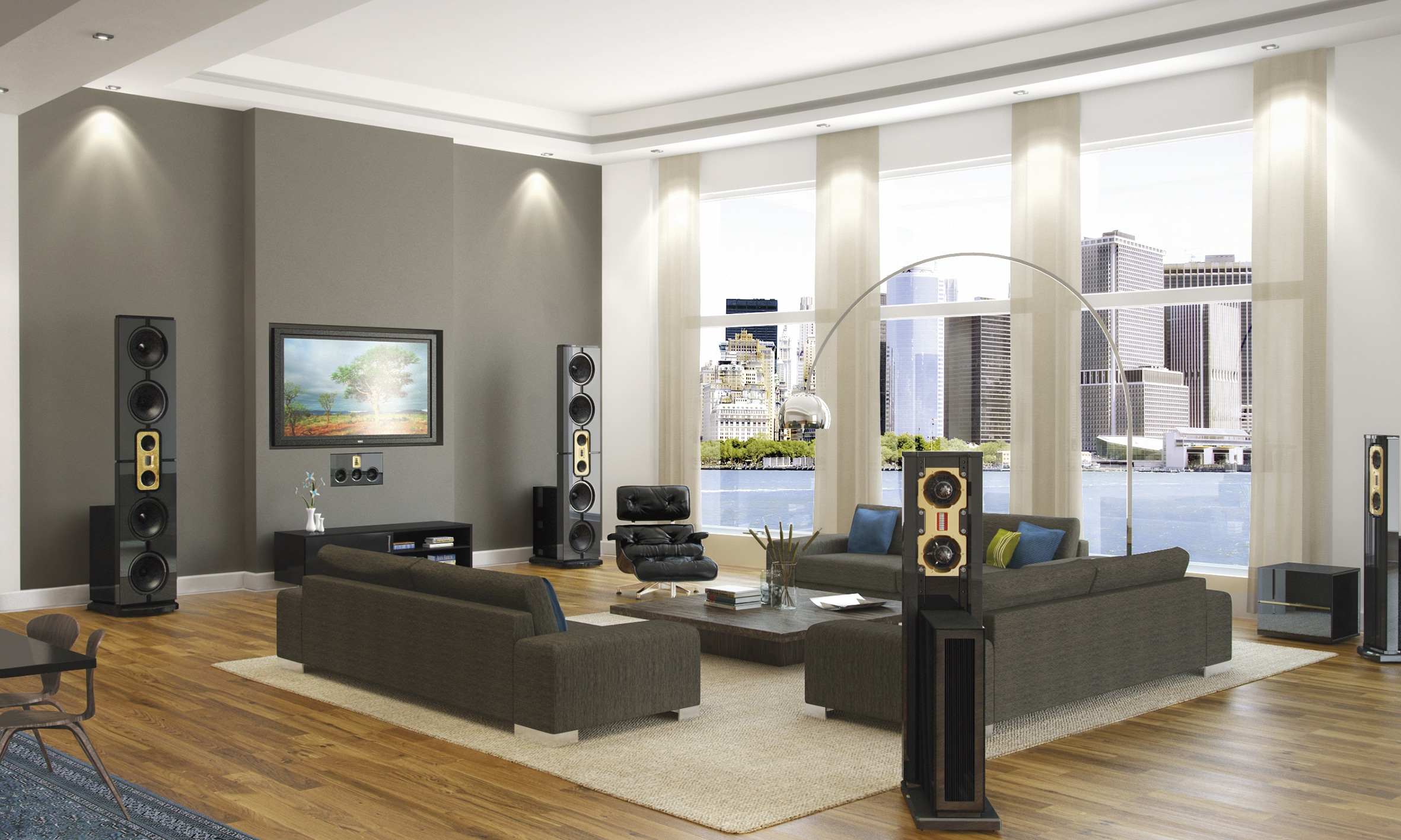Stereo system speakers have been a cornerstone of audio enjoyment for decades, providing listeners with high-quality sound reproduction for music, movies, and other media. From audiophiles who obsess over every detail of sound quality to casual listeners who enjoy the thrill of a good beat, stereo speakers play an essential role in delivering immersive audio experiences. This article will guide you through the key aspects of home audio systems, including their types, components, features, and tips for selecting the right pair for your needs.
What Are Stereo System Speakers?
Stereo system speakers are designed to produce two distinct audio channels (left and right), which create a sense of directionality and depth in sound. Unlike mono speakers that combine all audio into a single channel, stereo speakers provide spatial awareness, allowing listeners to hear instruments or voices as though they were positioned in different parts of the room.
The typical stereo system consists of two separate speakers, one for each audio channel. This setup enhances the listening experience by simulating a live performance or a 3D audio effect, giving music and soundtracks a fuller, more dynamic quality.
Types of Stereo System Speakers
1. Bookshelf Speakers
Bookshelf speakers are compact and designed to fit on shelves, stands, or desks. Despite their small size, they can deliver rich and detailed sound, making them ideal for small to medium-sized rooms. They are perfect for apartment dwellers or those with limited space.
2. Floor-Standing (Tower) Speakers
Floor-standing speakers, also known as tower speakers, are larger and often feature multiple drivers to handle different frequencies. They deliver powerful and expansive sound, making them suitable for larger rooms or dedicated home theater setups. Their larger cabinets provide deeper bass response and better overall sound dynamics.
3. Satellite Speakers
Satellite speakers are small, lightweight units typically paired with a subwoofer to handle low frequencies. They are often used in home theater systems for surround sound setups but can also function as stereo speakers in space-limited environments.
4. In-Wall and In-Ceiling Speakers
These speakers are installed directly into walls or ceilings, offering a sleek and space-saving solution. They are popular in custom home installations or places where visible speakers may disrupt the aesthetic of a room. Despite their compact design, high-quality in-wall and in-ceiling speakers can deliver impressive sound.
5. Wireless Stereo Speakers
Wireless stereo speakers connect via Bluetooth or Wi-Fi, eliminating the need for cumbersome cables. They are convenient for portable or multi-room audio setups and can often be controlled using smartphones or smart home devices.
Key Components of Stereo Speakers
Stereo speakers consist of several key components that work together to produce sound:
- Drivers: These are the heart of any speaker. The main types of drivers are:
- Tweeters: Handle high frequencies (treble).
- Woofers: Handle low frequencies (bass).
- Midrange Drivers: Handle the middle frequencies, often crucial for vocals and instruments.
- Crossover: A crossover network divides the incoming audio signal and sends the appropriate frequencies to each driver. This ensures tweeters handle only high frequencies while woofers handle low frequencies.
- Cabinet: The speaker enclosure (cabinet) helps control resonance and enhances the overall sound quality. The design and materials used affect the speaker’s performance, particularly for bass response.
- Ports: Some speakers feature ports (bass reflex ports) to improve low-frequency output and reduce air pressure inside the cabinet.
